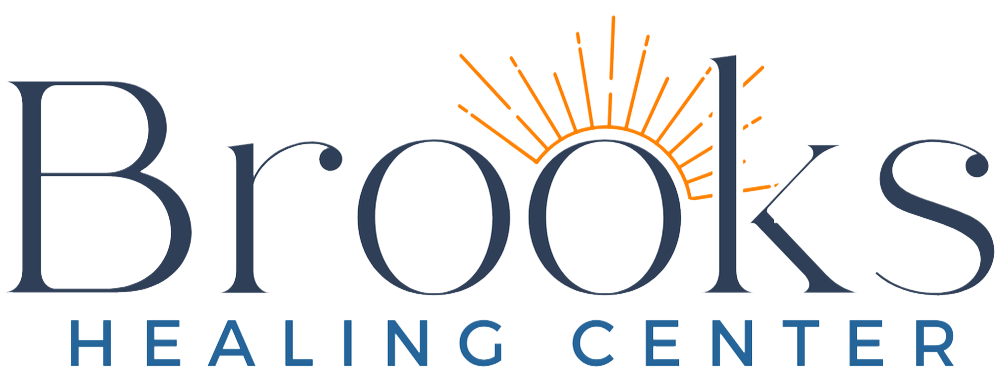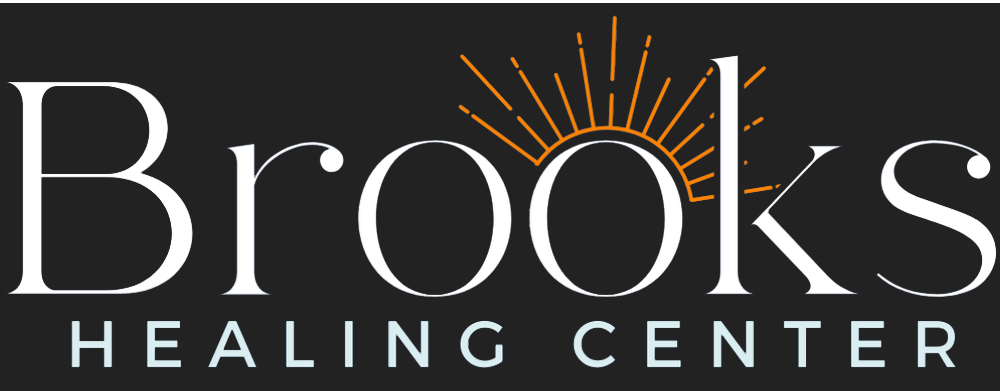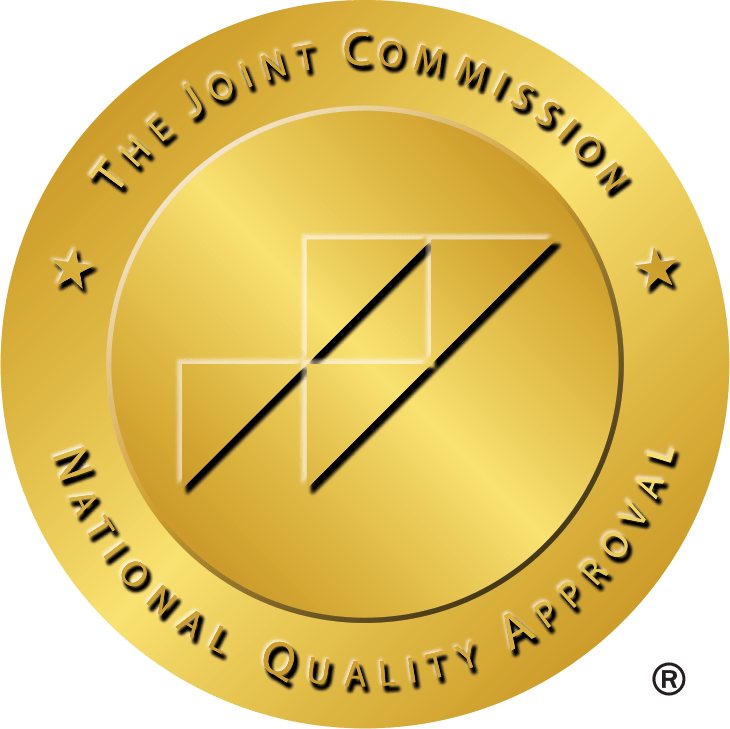If you or a loved one is struggling with bipolar disorder and addiction, Brooks Healing Center offers several innovative treatment options. Our team of experts provides a range of medical, psychological, and holistic therapies to ensure each of our patients receives comprehensive care, giving you the fresh start you deserve on the road to recovery.
Table of Contents
Key Points
- Bipolar disorder involves extreme mood swings, including manic or hypomanic highs and depressive lows, with Bipolar I characterized by severe manic episodes and Bipolar II by hypomanic and depressive episodes.
- Approximately 40 million people globally and 2.8% of U.S. adults are affected by bipolar disorder, with significant implications for daily functioning and overall quality of life.
- Bipolar disorder is diagnosed through a combination of clinical evaluation, DSM criteria, and ruling out other conditions, with no definitive laboratory test available.
- Specialized programs for dual diagnosis issues include detoxification, residential treatment, and various therapies, such as CBT, experiential therapy, and 12-step programs, aimed at addressing both conditions simultaneously.
What Is Bipolar Disorder?
Bipolar disorder, also known as manic-depressive illness, is a mental health condition characterized by extreme mood swings.[1] These mood swings can range from episodes of emotional highs, known as mania or hypomania, to depressive lows. The severity and duration of these episodes can vary, but they often have a significant impact on a person’s daily life. There are two main types of bipolar disorder: Bipolar I and Bipolar II.[2] Bipolar I disorder is defined by manic episodes that last at least seven days or manic symptoms that are severe enough to require hospitalization. Depressive episodes typically occur as well, often lasting at least two weeks. It’s also possible to experience symptoms of both mania and depression simultaneously, known as a mixed episode. Bipolar II disorder is characterized by a pattern of depressive episodes and hypomanic episodes. Hypomania is a milder form of mania that typically lasts for at least four days but is less severe than full-blown mania. Unlike Bipolar I, Bipolar II doesn’t involve severe enough manic episodes to require hospitalization. However, the depressive episodes can be just as debilitating as those experienced in Bipolar I disorder, lasting two weeks or more. According to global statistics, in 2019, around 40 million people, or 0.53 percent of the world's population, were living with bipolar disorder as of 2019.[3] In the US, an estimated 4.4 percent of U.S. adults are projected to experience bipolar disorder at some point during their lifetime, affecting both males (2.9 percent) and females (2.8 percent) almost equally.[4]Drug Addiction and Interactions with Bipolar Disorder
Addiction and bipolar disorder occurring together aren’t uncommon, as people with mental health conditions are more likely to develop substance use disorders (SUDs).[5] In some cases, those with bipolar disorder may turn to substance use as a form of self-medication to manage their manic or depressive episodes. On the other hand, long-term substance use can contribute to the development of bipolar disorder in previously mentally healthy individuals. The relationship between drug addiction and bipolar disorder is complex and bidirectional.[6] Substance use can exacerbate bipolar symptoms, making manic and depressive episodes more severe and challenging to manage. Additionally, the side effects of certain substances can mimic symptoms of bipolar disorder, further complicating diagnosis and treatment. For example, stimulant drugs can trigger or intensify manic episodes, while depressant drugs might contribute to more severe depressive episodes. Furthermore, the side effects of certain substances can mimic or worsen symptoms of bipolar disorder, making it more difficult to diagnose and treat either condition effectively. Additionally, long-term substance use can contribute to the development of bipolar disorder. Research has shown that chronic drug use can alter brain chemistry and function, potentially inducing mood disorders like bipolar disorder in those who may be susceptible.[7]How is Bipolar Diagnosed?
Bipolar disorder is diagnosed through a comprehensive evaluation of a person’s symptoms, medical history, and family history. There is no single laboratory test or brain scan that can definitively diagnose bipolar disorder – instead, healthcare professionals rely on a combination of assessments and diagnostic criteria outlined in the Diagnostic and Statistical Manual of Mental Disorders (DSM). The DSM criteria for bipolar disorder include the following:[8]- The presence of at least one manic or hypomanic episode
- The presence of depressive episodes:
- Depressive episodes are characterized by persistent feelings of sadness, emptiness, or hopelessness, along with other symptoms such as loss of interest in activities, changes in appetite and sleep patterns, fatigue, and difficulty concentrating. These episodes usually last at least two weeks.
- Exclusion of other potential causes:
- Symptoms must not be better explained by another medical condition, substance use disorder, or other mental health condition.
- Impairment in functioning:
- The symptoms experienced during manic, hypomanic, or depressive episodes must cause significant distress or impairment in social, occupational, or other areas of functioning.
Are There Different Kinds of Bipolar Disorder?
Yes, there are several types of bipolar disorder, each characterized by a unique pattern of mood episodes. The three most common types are Bipolar I and II (as mentioned above) and Cyclothymic Disorder. Cyclothymia is a type of mood disorder that involves numerous periods of hypomanic symptoms and depressive symptoms that are present for at least two years (or one year for children and adolescents).[9] These symptoms, however, do not meet the diagnostic criteria for hypomanic or depressive episodes.Treatment Options in Tennessee for Dual Diagnosis Issues with Bipolar and Addiction
People struggling with bipolar and dual diagnosis issues have several specialized treatment options available to start the healing process. These programs address both conditions simultaneously and often begin with detoxification, a crucial first step in managing substance use disorders. Detox provides medical supervision and support to safely navigate withdrawal symptoms and prepare clients for further treatment. After completing detox, residential treatment programs offer a structured environment that provides comprehensive care for both bipolar disorder and addiction. Residential programs deliver intensive therapy and support, helping clients develop healthy coping mechanisms and strategies to manage both conditions effectively. Additionally, several therapeutic approaches are utilized to address the co-occurring challenges of bipolar disorder and addiction:- Cognitive Behavioral Therapy (CBT): CBT is a widely-used therapeutic technique that aids in identifying and altering negative thought patterns and behaviors that contribute to addiction and the challenges associated with bipolar disorder.
- Experiential Therapy: This approach employs activities such as art, music, and role-playing to help clients explore and express emotions related to their dual diagnosis. Experiential therapy can be highly effective in addressing the emotional and psychological aspects of both bipolar disorder and addiction.
- Trauma-Informed Therapy: For those with a history of trauma, this form of therapy offers a supportive framework that recognizes and addresses the impact of past trauma on current mental health and substance use issues.
- Brainspotting (BSP): Brainspotting is a therapeutic technique that aids individuals in processing and resolving trauma and emotional pain related to their dual diagnosis.
- 12-Step Programs: 12-step programs provide a structured approach to healing through community support and adherence to guiding recovery principles. These programs are often integrated into more extensive treatment plans to manage addiction and co-occurring bipolar disorder.


